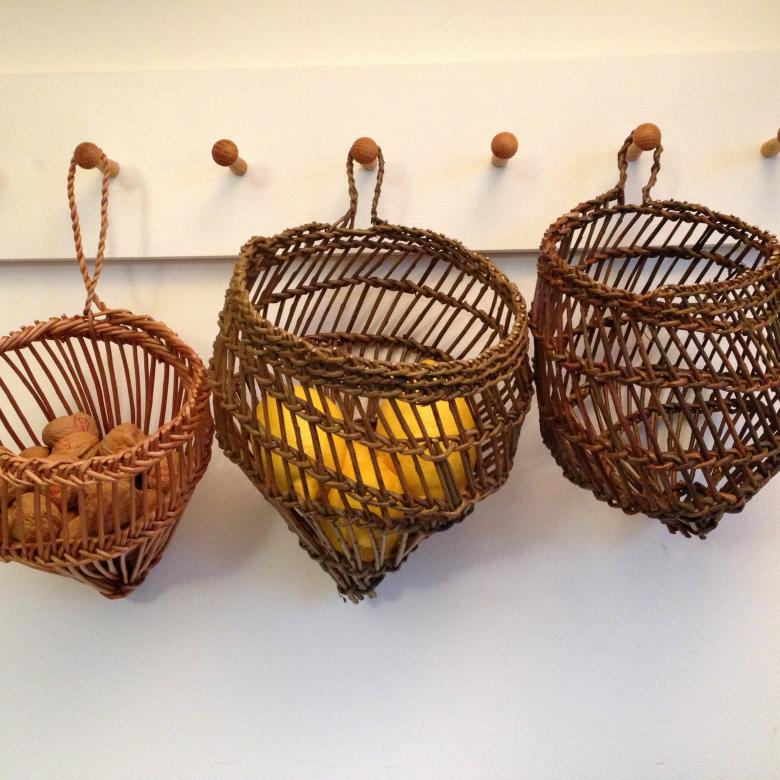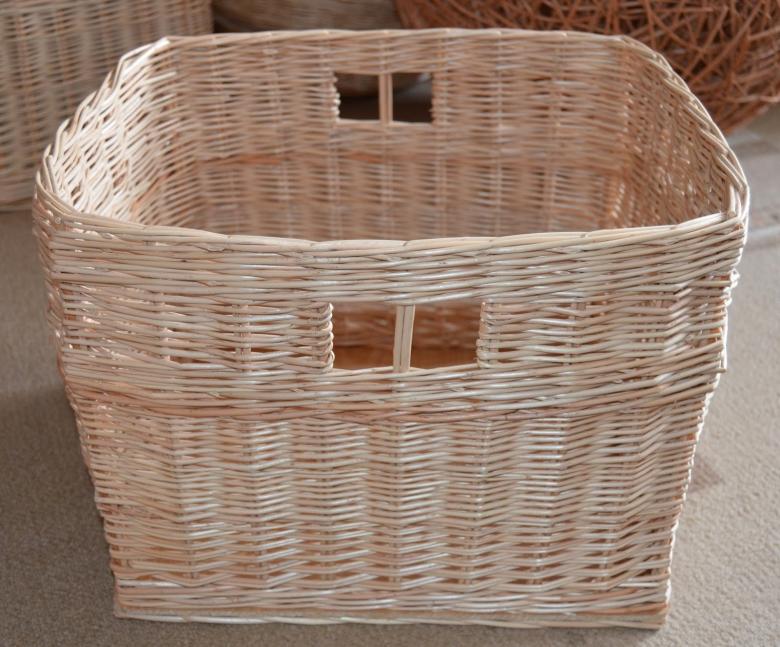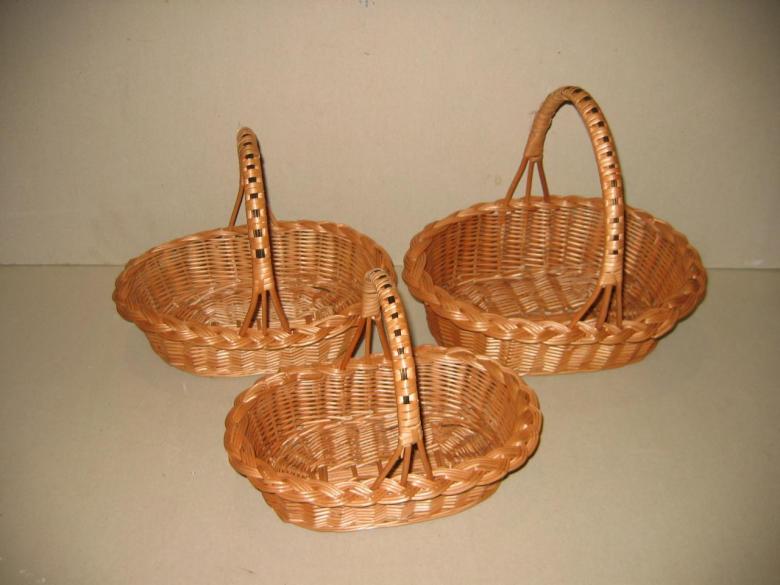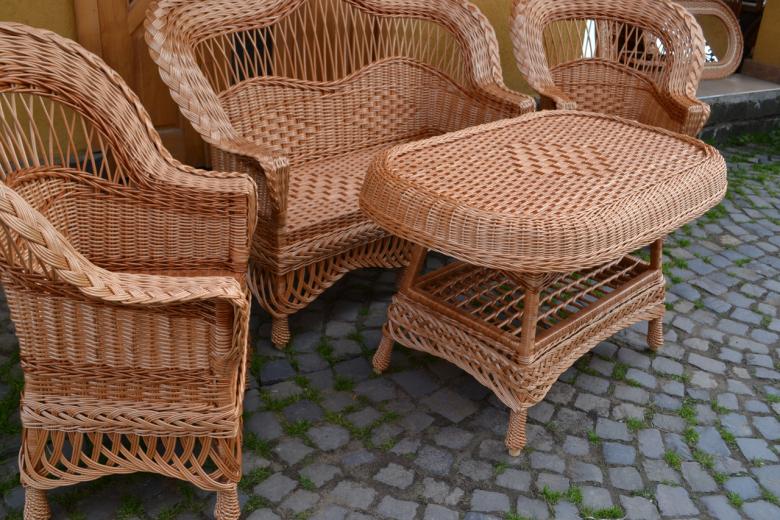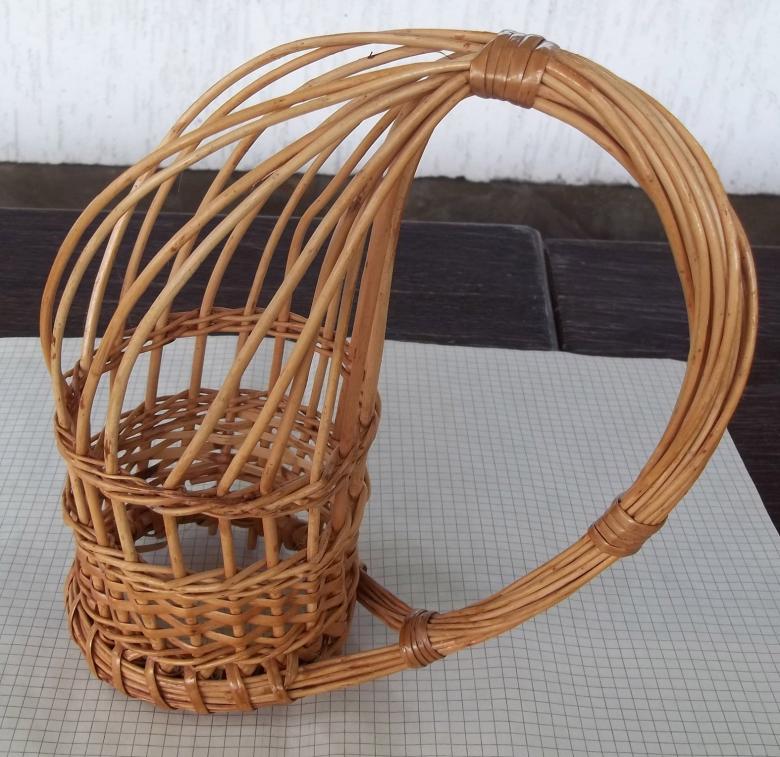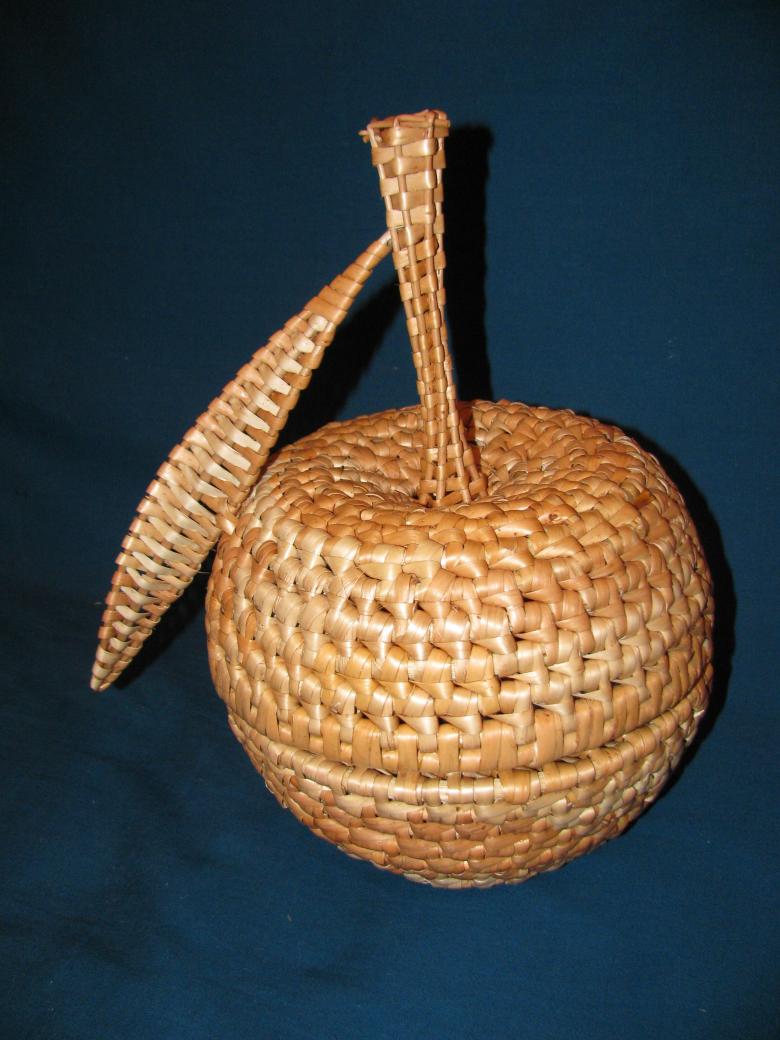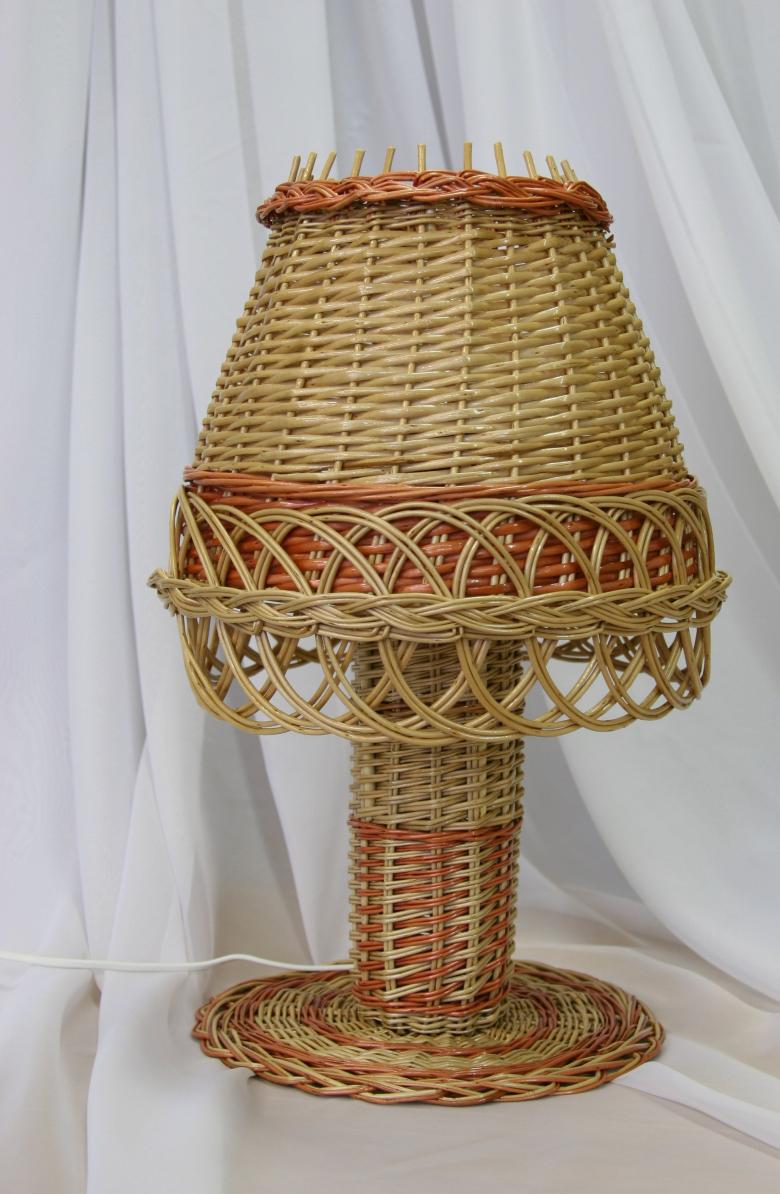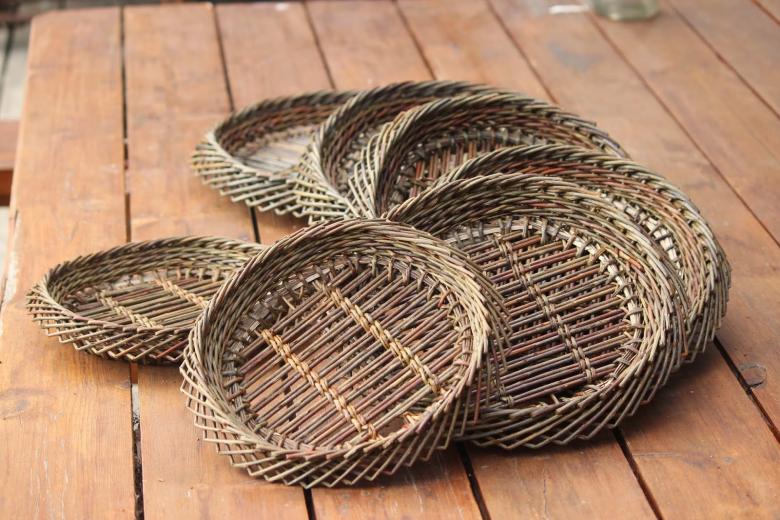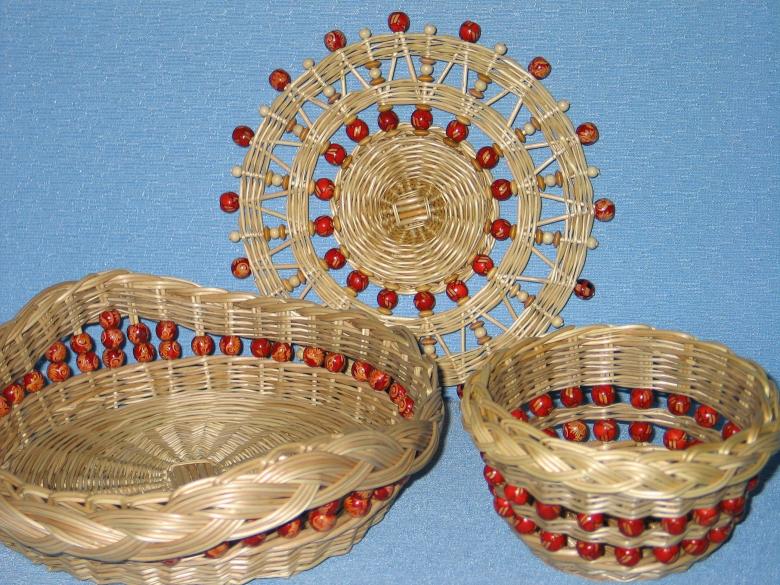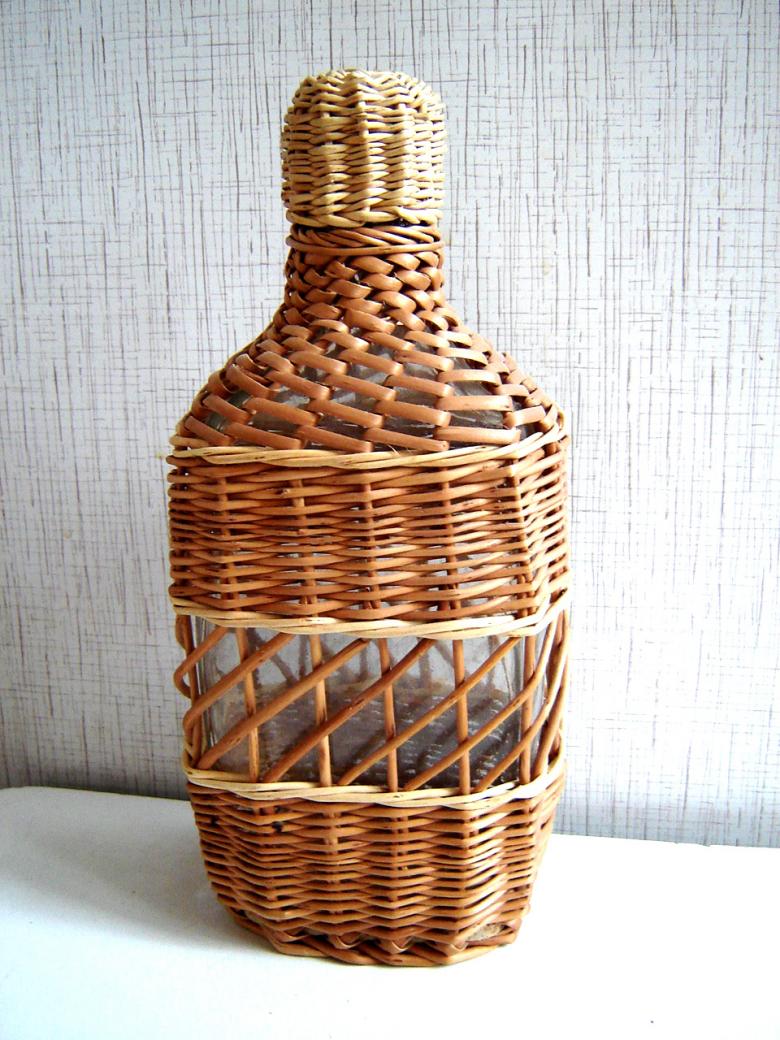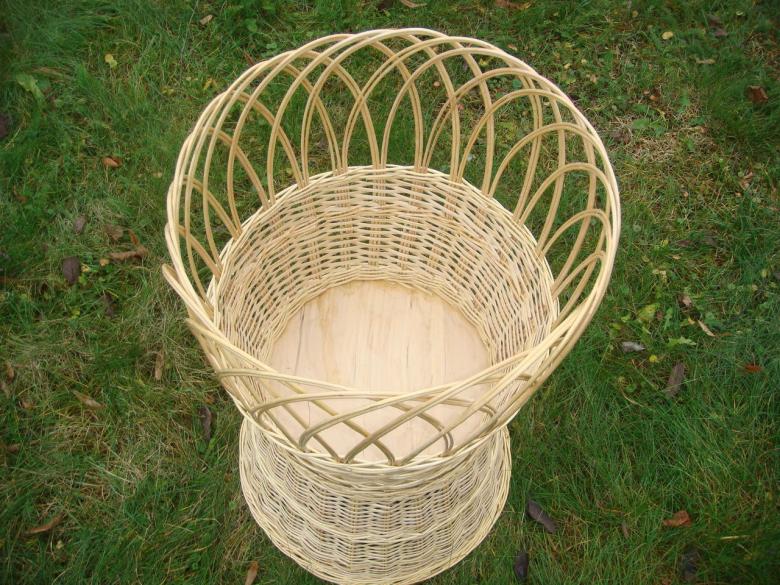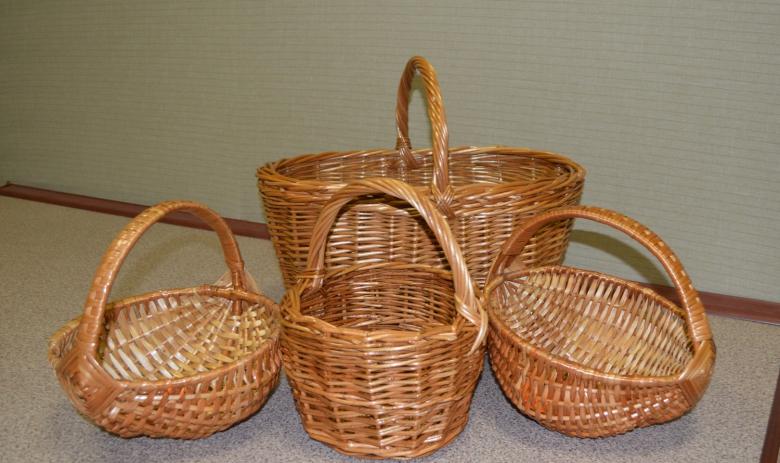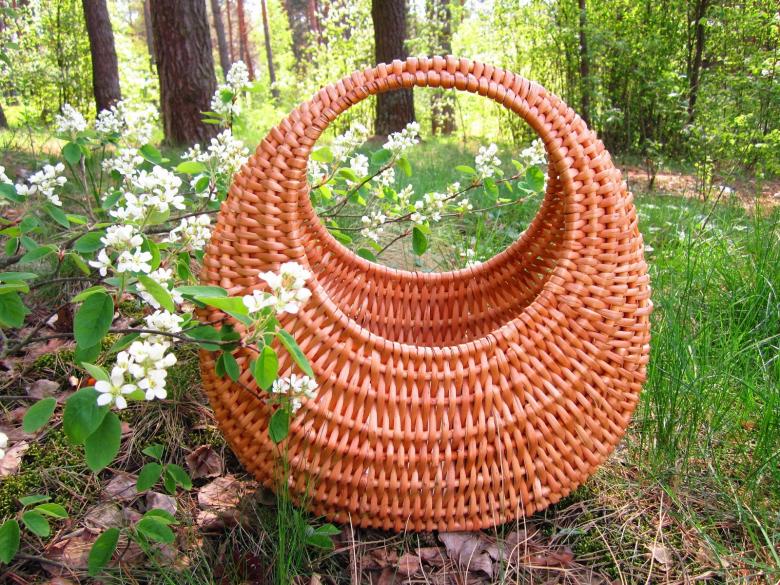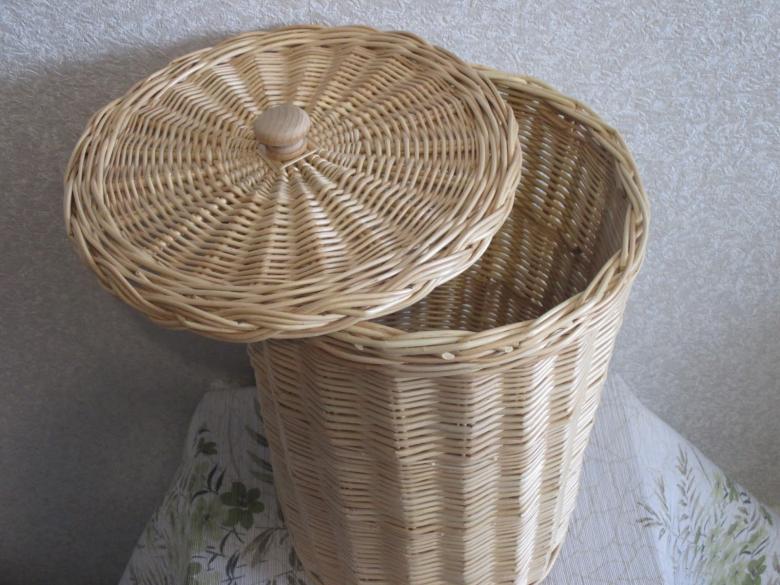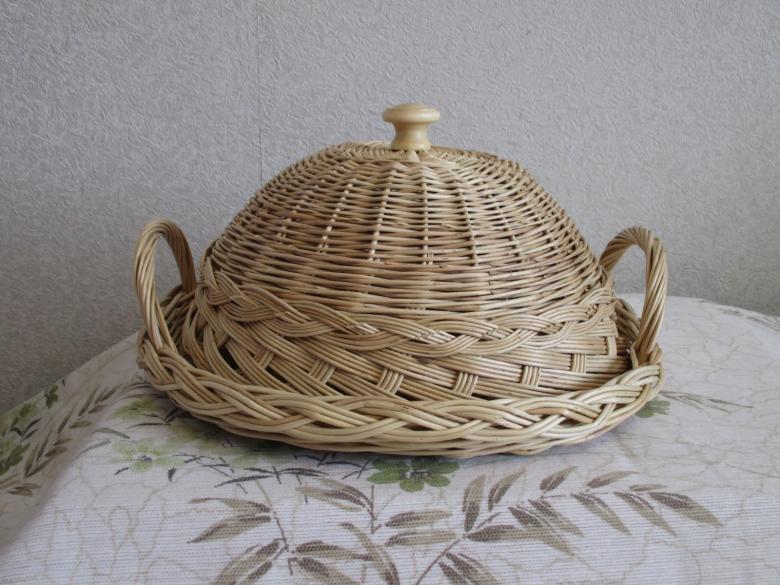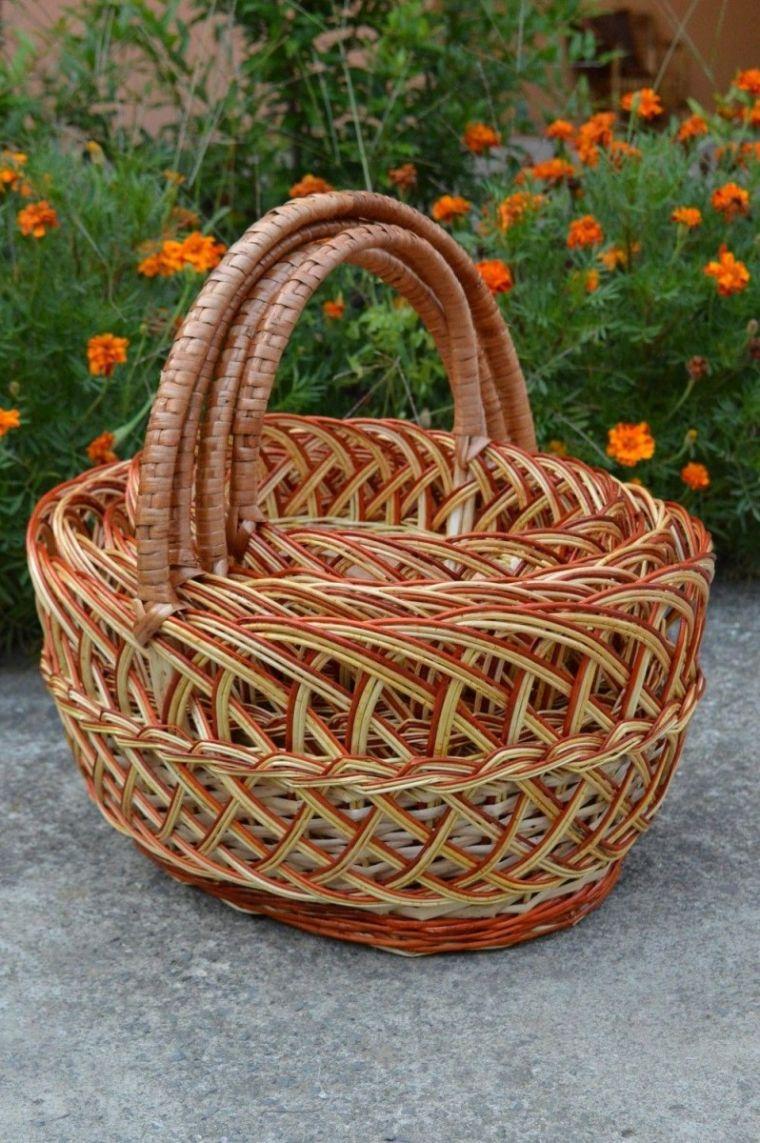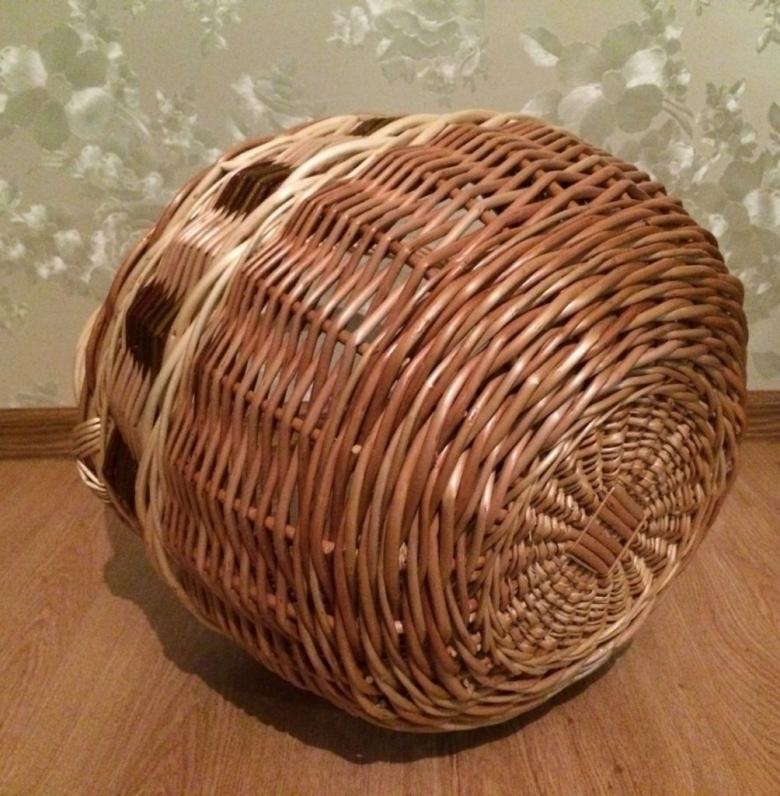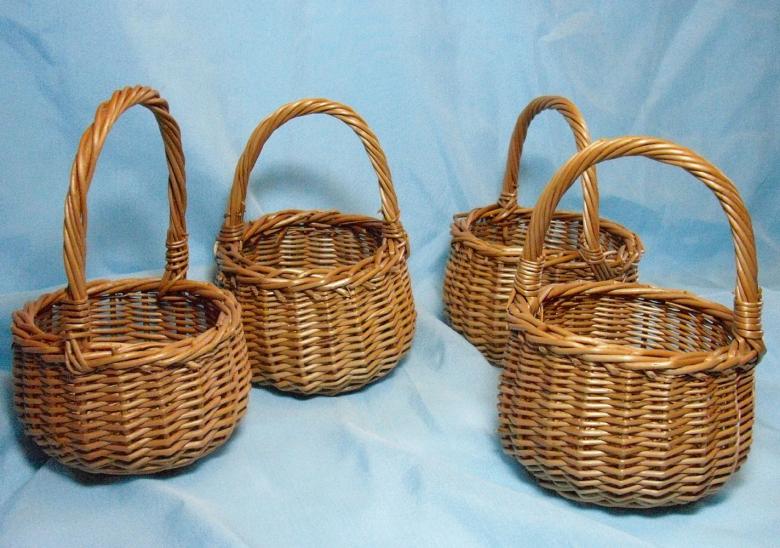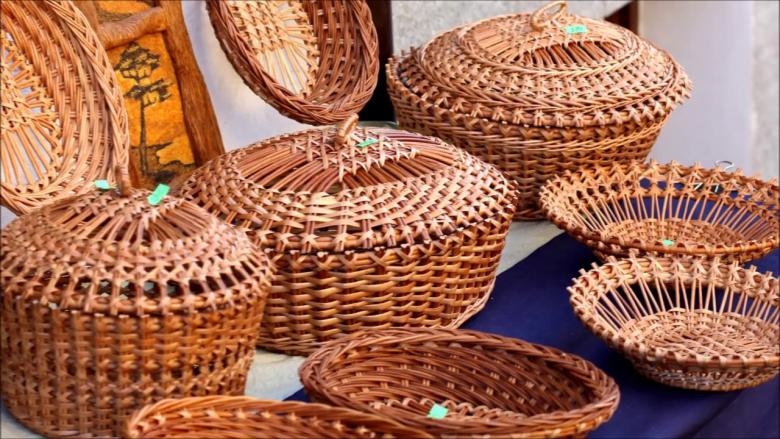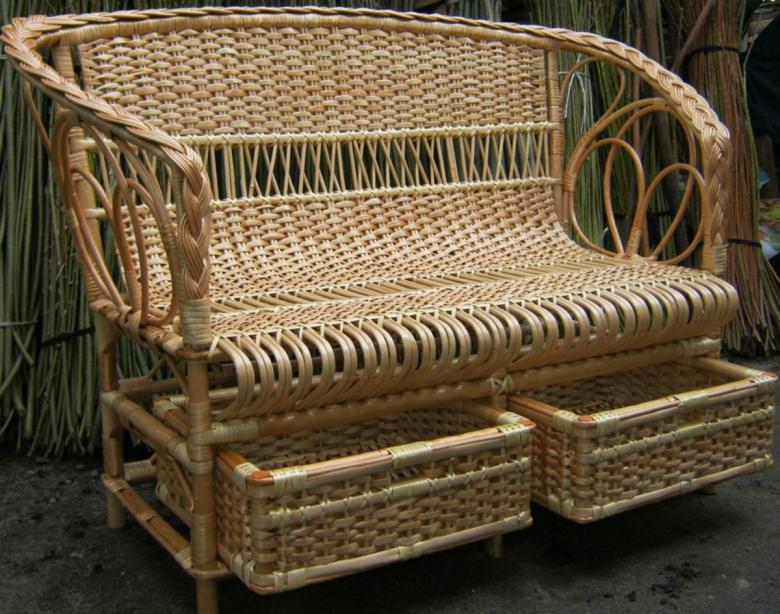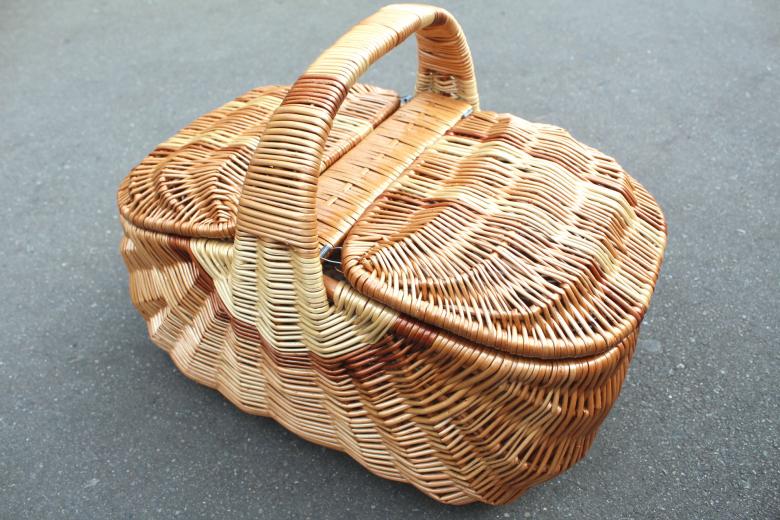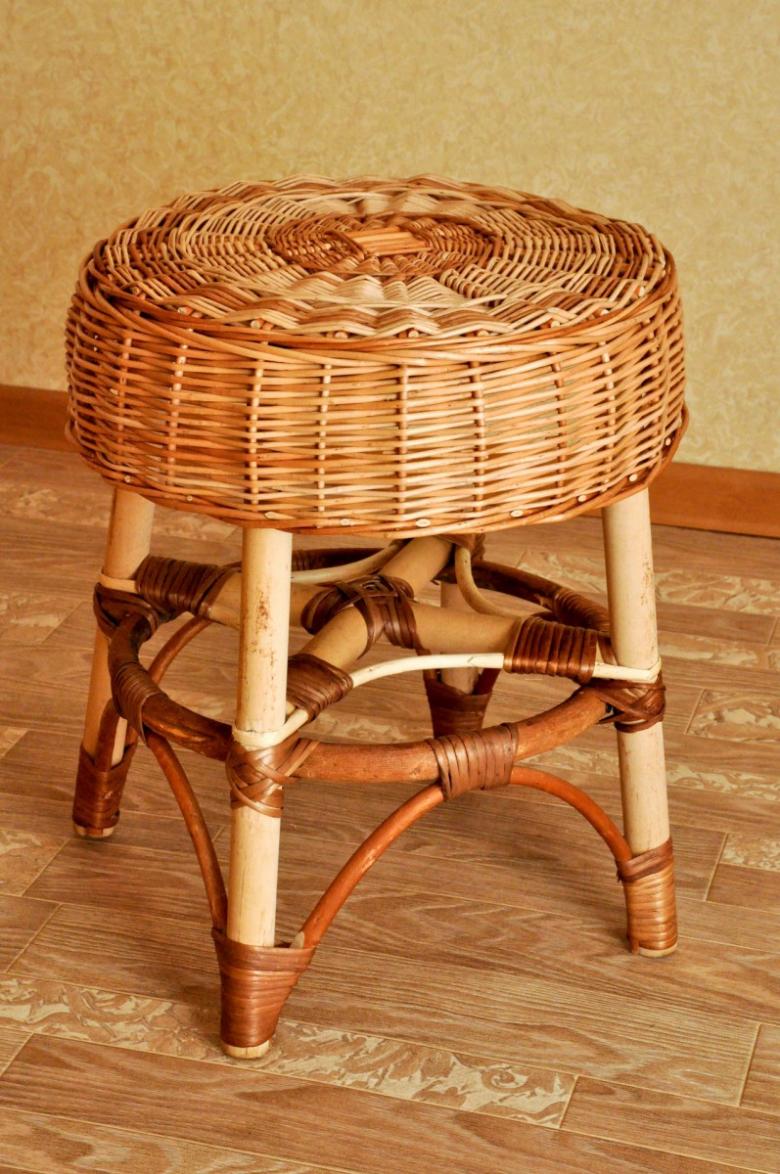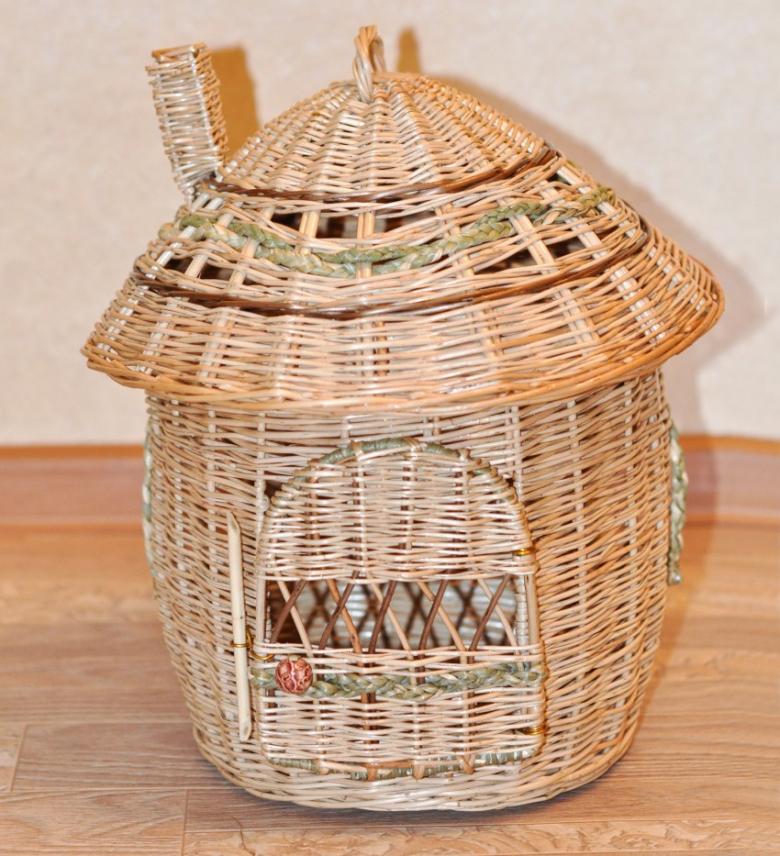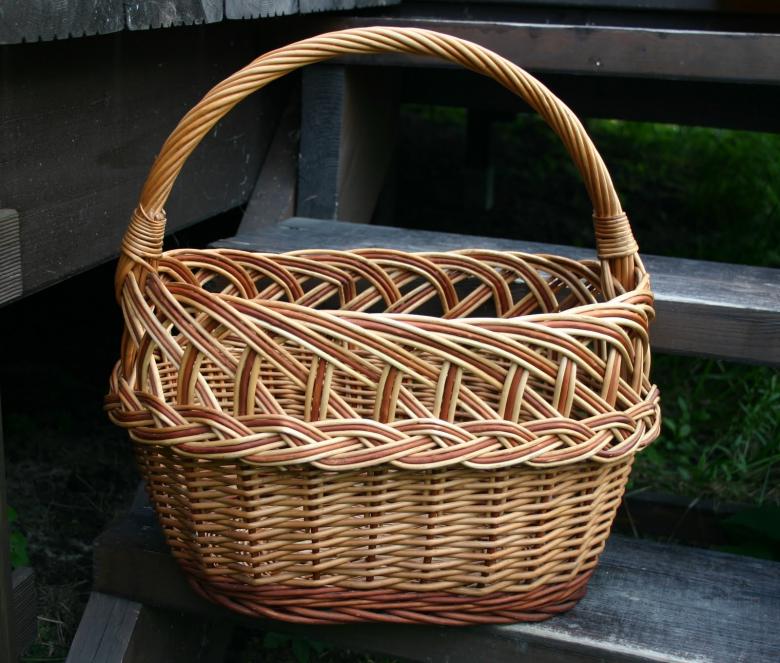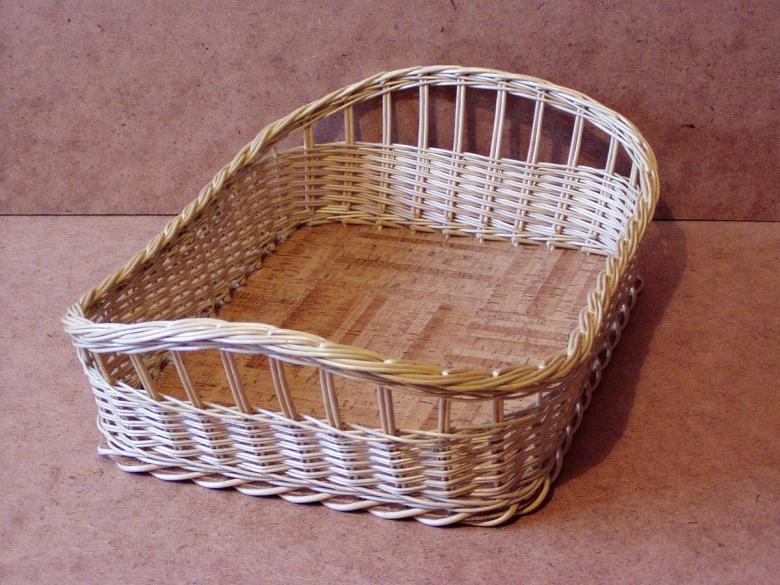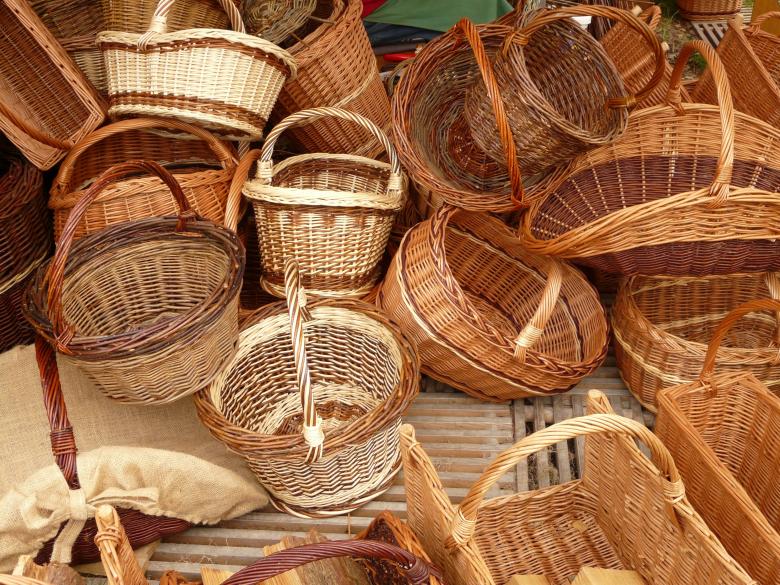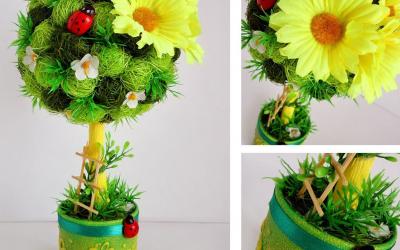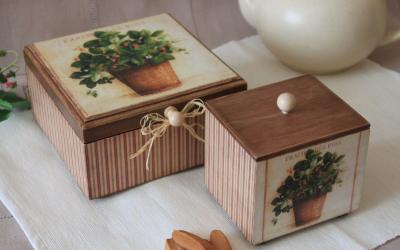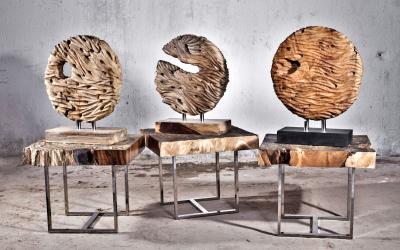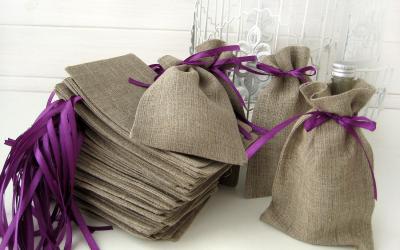Weaving of wicker for beginners - the peculiarities of work with material, rules of weaving, care and photo ideas
Weaving - a kind of folk craft known to man since ancient times. There are many kinds of wicker products, these are interior items (armchairs, commodes, tables, chairs) and kitchen utensils (baskets, bread bowls, vases). In our country, weaving is mainly carried out of willow branches and vines.
Material preparation
For wickerwork most often such varieties of willow are procured as broom, willow trichinch and basket willow.
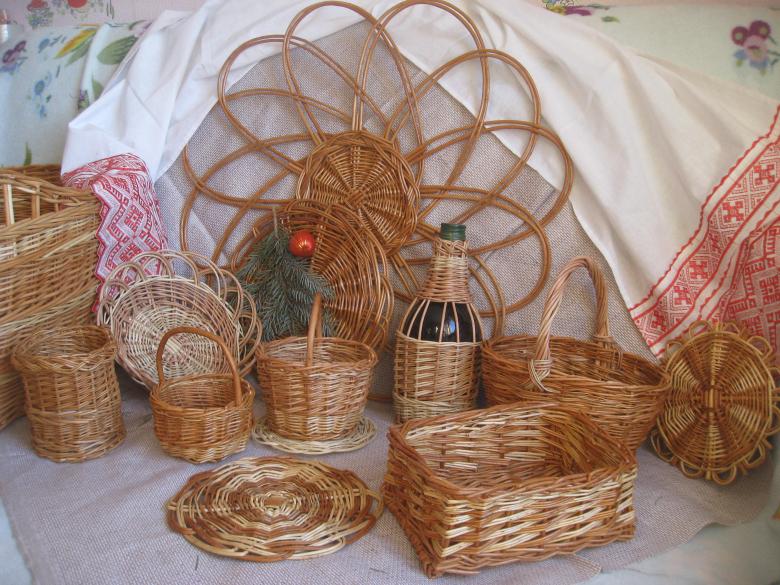
Vines can be harvested at almost any time of year. Branches cut in summer and early fall do not require additional treatment, but are less strong and more likely to break. Vines harvested in the fall and winter will be stronger.
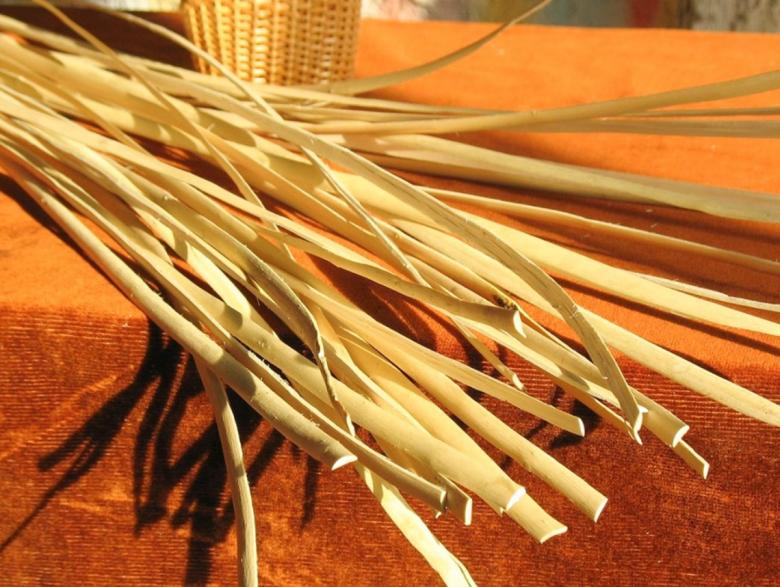
The bark on such vines is thicker and harder to peel. To make it easier to clean the branches from the bark, put the branches in a saucepan (if the branches are large enough, twist them in a circle), pour water and boil for 2-3 hours. After that, rinse with cold water. Next, you can easily clean the branches.
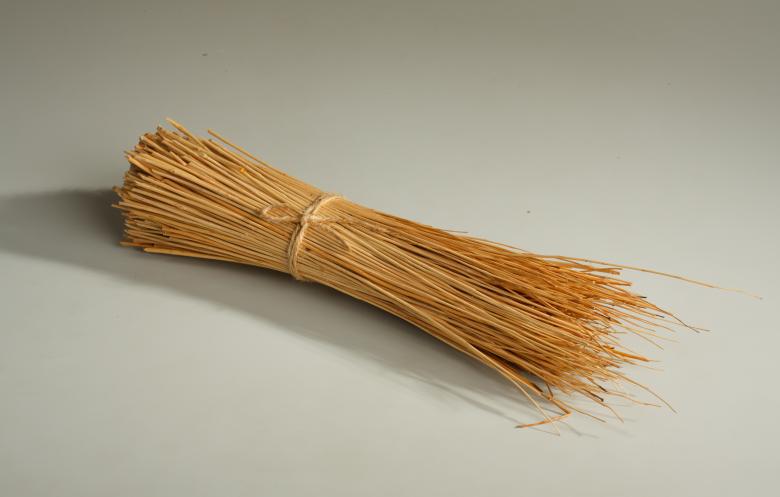
If you don't have time to spare, and you find boiling the branches a hassle, put them in water and put them in a warm place for 10 days. The branches will soak up the moisture and the bark will come off easily.
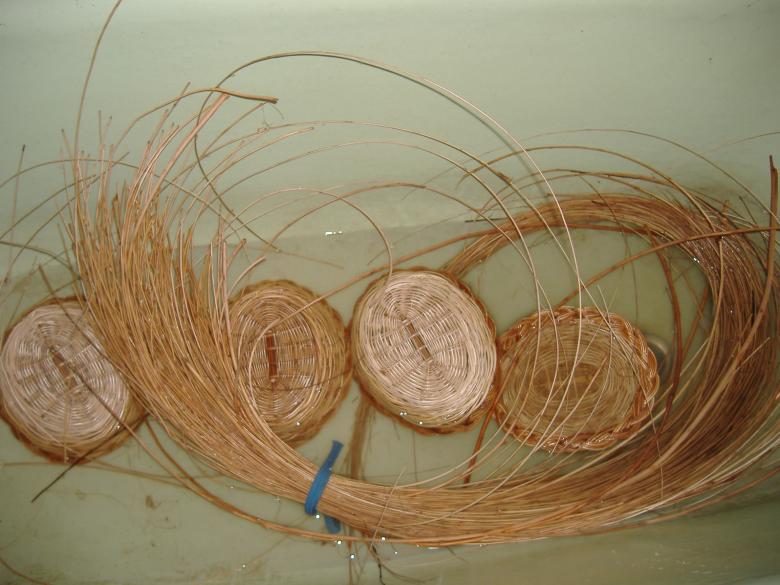
For thin vines, which will go to fine work, take usually one-year shoots. For work on large products, as well as for making frameworks and bases, two-year shoots are harvested.
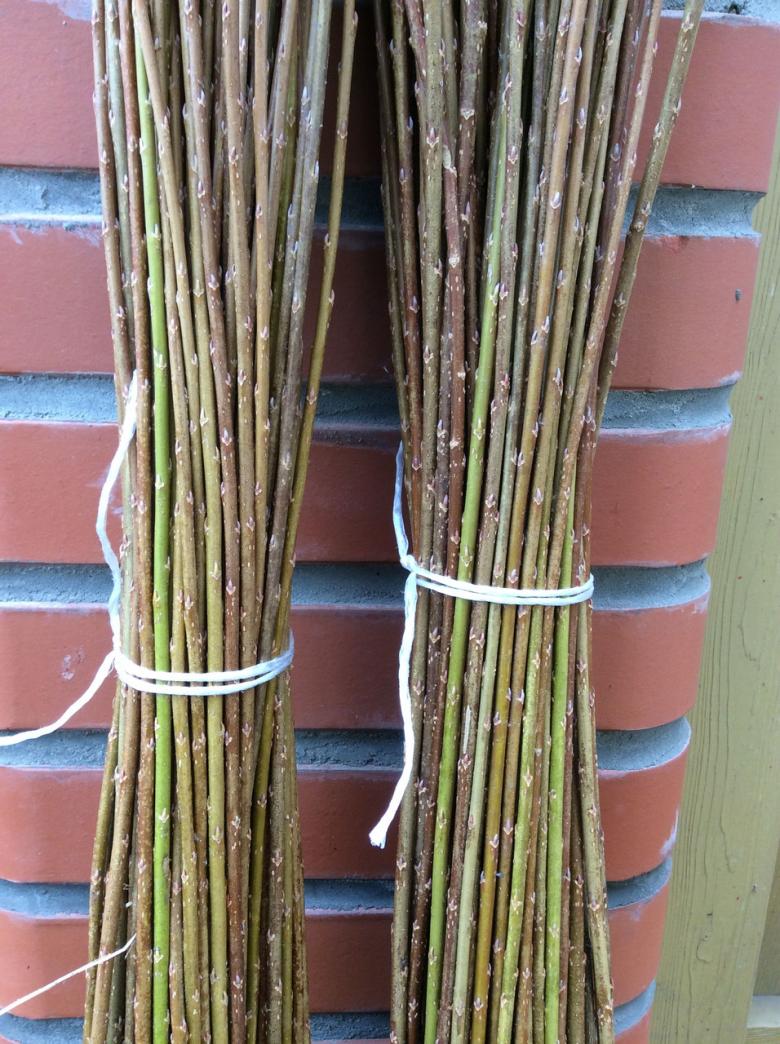
Branches for harvesting vines should be flexible, strong and healthy, without damage and strong impurities. Additional cleaning increases their brittleness and loses their elasticity. To cut the twigs use a sharp pruning shear, which makes an oblique even cut without splinters. If the vine is wet, it should be well dried for long-term storage by spreading it to size in a sunny place with good air ventilation. This treatment will help to naturally whiten the shoots. Insufficiently dried vines can quickly become moldy.

Before you begin harvesting, cut one twig from the selected bush and inspect it carefully. Flexible and resilient twigs usually have a small core. If this is the case, feel free to harvest the twigs from the selected bush.

Store the vine, sorted by size, in a cool, dry room.
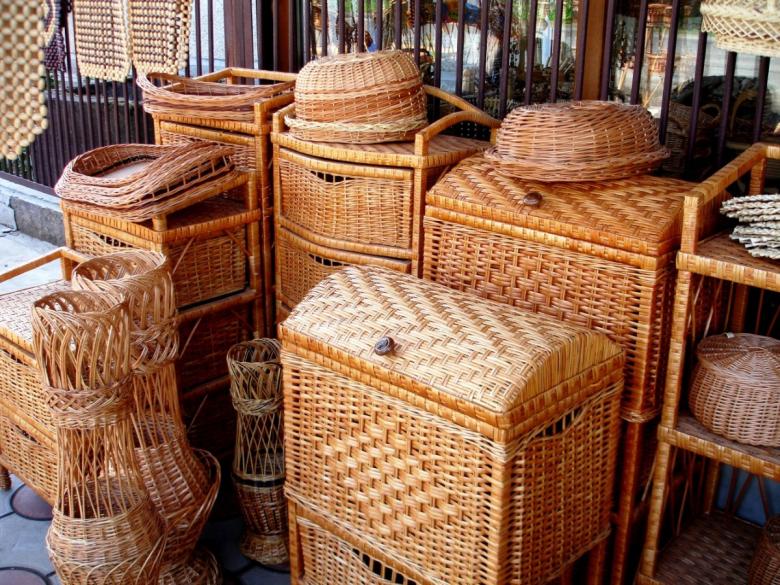
Painting the vine
To make the products original, the vine can be dyed with natural dyes, which also disinfect the raw material for later use. Yellow color will give the shoots a decoction of onion husks, red-brown - a solution of manganese, green - decoction of wolfberries with the addition of vinegar.

A list of tools for creating wicker products with their own hands:
- Secateurs or a sharp knife
- Pliers
- Pliers
- Needlepoint
- A board of hardwood
- Rope (to hold large branches in place while weaving)
- Template
- Vine
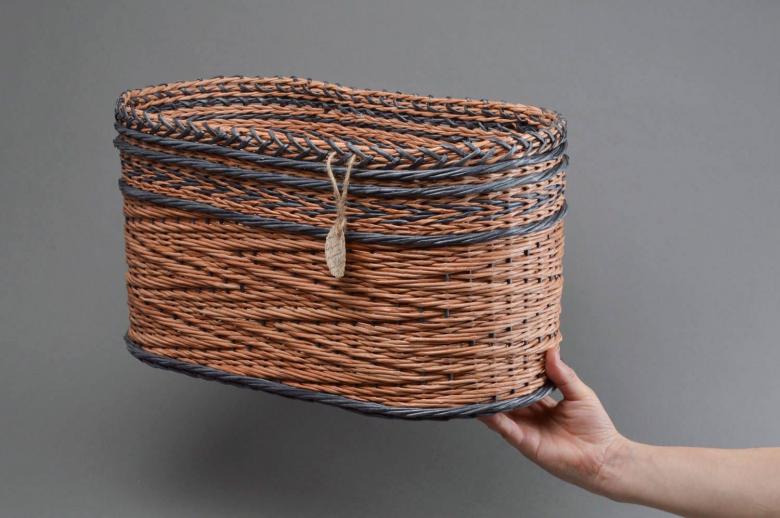
Before you start weaving, you should soak dry willow twigs in water for two days to make them flexible and elastic. Then you can let them dry for a while.

Tips for beginners
- In the creation of wicker products from vines the same methods are used as in the weaving from the tubes. To begin with, it is advisable to start with this method. To get the hang of it and learn the basics of weaving, use old newspapers. When you get good at it, move on to weaving with stiffer materials.
- The base of the wicker must be stronger "fundamentally" than its walls. That is why you should take thicker rods when you make the basis for the product.
- During weaving, if the rods lose their elasticity, spray them with water.
- To make the final products have a neat appearance, make sure that there are no gaps between the rods, weave them in one direction.
- It is better to choose baskets or vases for beginners and skilled crafters; for more experienced crafters it is possible to start weaving furniture.

Basic types of weaving
- Straight weaving is one of the types of simple weaving. It is often used in the manufacture of baskets.
- Weaving in rows is a type of simple weaving in which the rods are chosen with approximately the same thickness, and their length does not matter.
- Square weaving. Performed with two rods through 2 uprights.
- Plaiting by rope is used when some parts of the product should be made stronger (for example to strengthen the bottom of the basket).
- Openwork weaving.
- Rhombus weave.
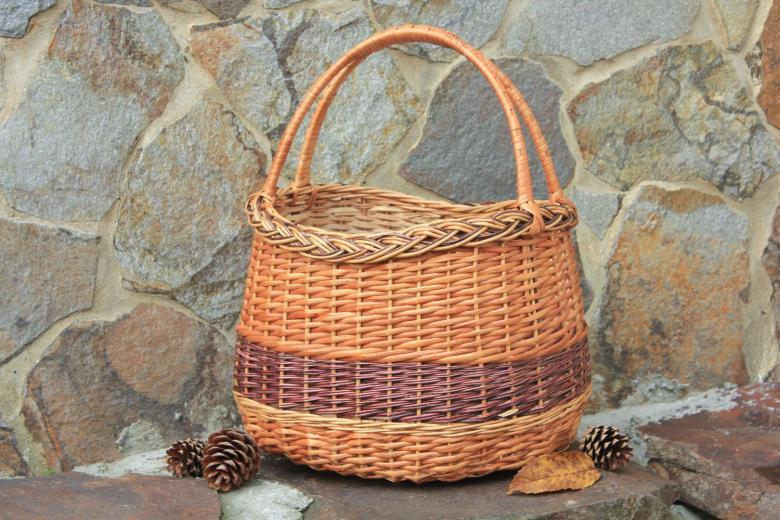
Ways to finish the edge of the product
- Simple bend.
- Edge braid.
- Finishing the work.

Carefully inspect the product. If there are any tails sticking out of it, wrap them inside (on the wrong side) and cut there. Polish your work with fine sandpaper, and then wipe with a wool rag.
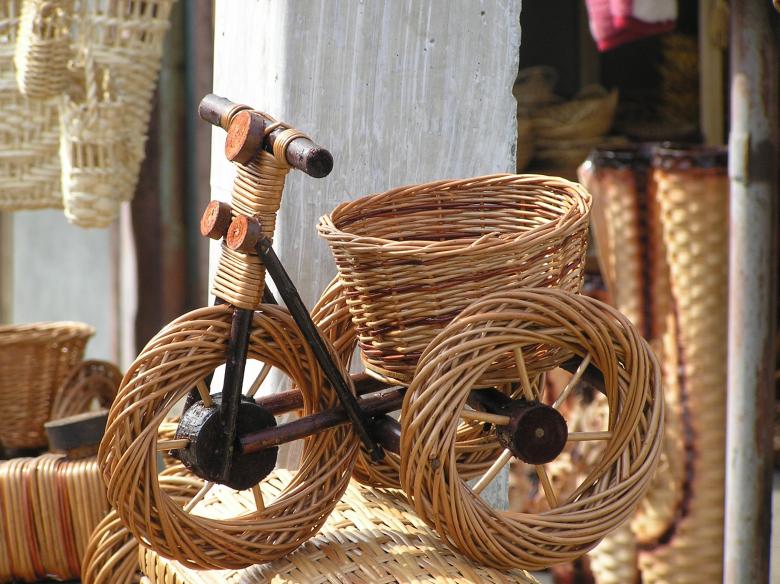
After the piece is finished, you can varnish it to give it a shine and extra protection against moisture.

Care of the finished product
Items made of vines do not require special care. They should be stored in a dry, unheated place so that the rods do not shrivel and the product does not deform.

Clean the product with a clean, dry piece of cloth, drying it thoroughly if it has been exposed to a lot of water. Oily stains are removed with talcum powder or talc, and a small amount of mild detergent.
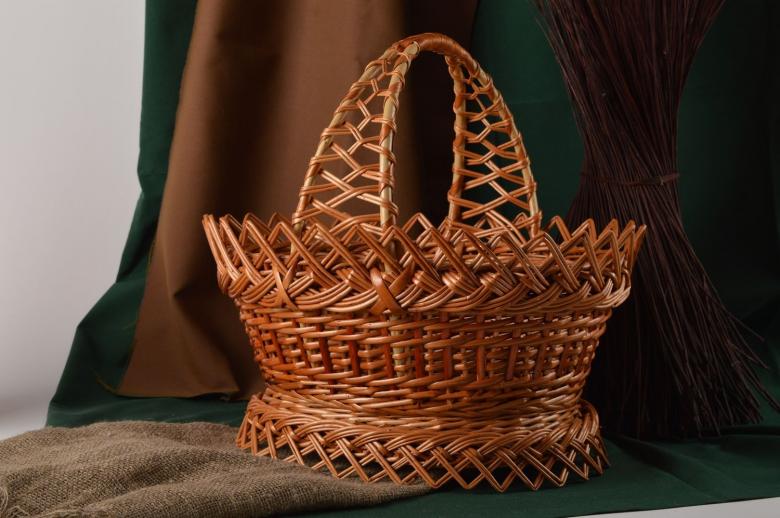
As you can see, there is nothing complicated about one of the oldest crafts. The main thing is to have a good hand at weaving and to use quality raw materials. The reward for the spent effort will be a beautiful, always relevant, interior of your apartment or house.

